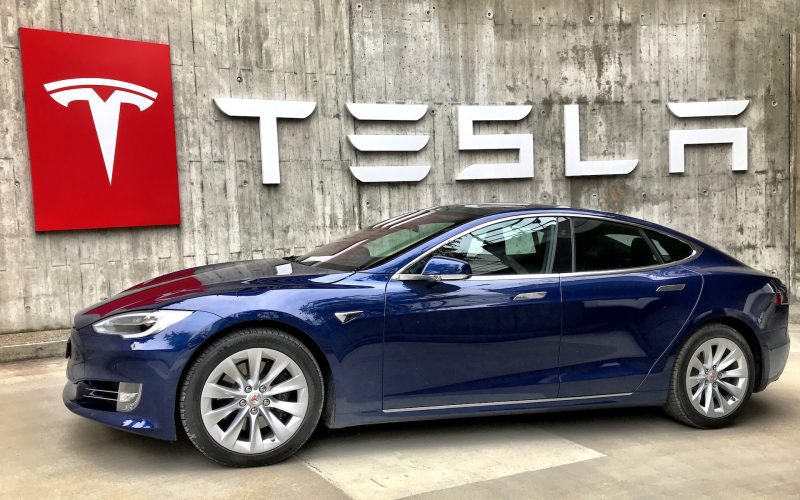Tesla, the renowned electric vehicle (EV) manufacturer, has implemented a significant pricing adjustment in the United States. The company recently announced price increases across its vehicle lineup, with the exception of the popular Model 3. This shift in pricing strategy comes at a time when Tesla seeks to navigate evolving market dynamics and maintain its competitive edge. The move highlights Tesla’s ongoing efforts to balance profitability with consumer demand and market positioning.
Price Adjustments: A Delicate Balancing Act
In response to shifting market conditions and supply chain challenges, Tesla has adjusted the prices of its vehicles in the U.S. The price increases, varying across models, aim to offset rising production costs and component shortages, ensuring sustainable profitability for the company. While these adjustments may be necessary for Tesla’s long-term financial health, they also present a delicate balancing act to avoid pricing their vehicles out of reach for potential buyers.
Model 3: Bucking the Trend
In a surprising move, Tesla has decided not to increase the price of its most popular model, the Model 3. The decision to keep the Model 3 price unchanged reflects Tesla’s strategic focus on maximizing market penetration and maintaining a strong foothold in the affordable electric vehicle segment. By keeping the Model 3 accessible to a wider range of consumers, Tesla aims to continue its dominance in the mass-market EV space, attracting first-time EV buyers and securing its position as a leader in the industry.
Justification for Price Adjustments
Tesla’s decision to raise prices on its other models is driven by several factors. The global semiconductor shortage has resulted in increased production costs and supply chain disruptions across the automotive industry. Additionally, rising raw material costs, including those of battery components, have further impacted Tesla’s manufacturing expenses. These price adjustments are necessary for Tesla to ensure profitability and sustain its commitment to technological innovation and product quality.
Market Positioning and Profitability
While price increases may raise concerns about affordability, it is important to note that Tesla’s positioning as a premium brand remains intact. By adjusting prices, Tesla seeks to maintain its premium image while addressing cost pressures and securing healthy profit margins. The company’s reputation for cutting-edge technology, high performance, and superior range enables it to justify premium pricing among its loyal customer base.
Consumer Impact and Sentiments
The price adjustments implemented by Tesla will inevitably affect consumers’ buying decisions and perceptions. Some existing and prospective Tesla owners may feel disappointed or reconsider their purchase plans in light of the increased prices. However, Tesla’s loyal customer base, driven by the company’s brand loyalty and commitment to sustainable transportation, is likely to remain steadfast. Moreover, the popularity and affordability of the Model 3 may help mitigate any potential negative impact on overall sales.
Competitive Landscape and Market Dynamics
Tesla’s price adjustments also reflect the evolving competitive landscape in the electric vehicle market. As more automakers introduce electric models and invest in battery technology, competition is intensifying. Tesla’s ability to balance pricing, maintain profitability, and continue pushing technological boundaries will be crucial in sustaining its market leadership and fending off challengers.
Future Outlook
As Tesla adapts to changing market conditions, it will need to navigate the delicate balance between pricing and profitability. Continued investment in research and development, expansion of charging infrastructure, and streamlining supply chain operations will be essential for Tesla to maintain its competitive edge. Additionally, the company’s ability to innovate, introduce new models, and leverage economies of scale will be crucial for long-term success.












